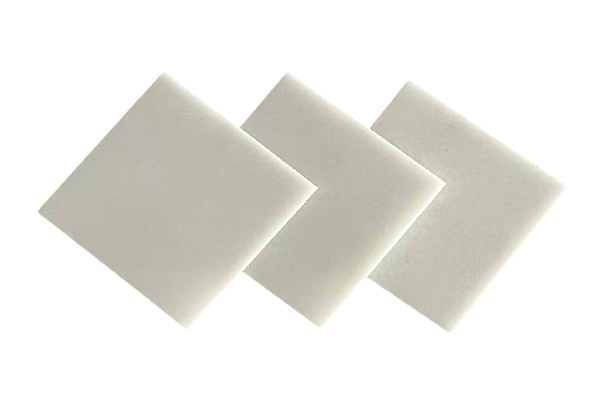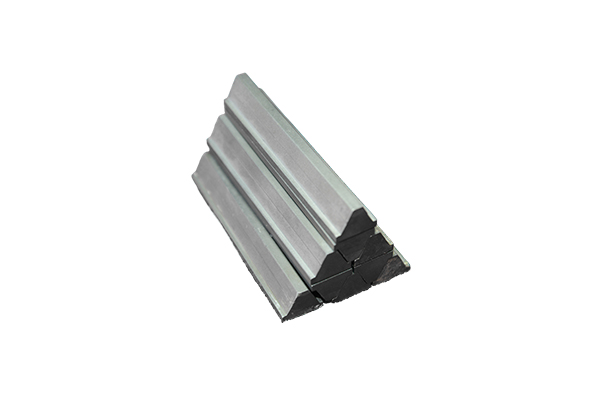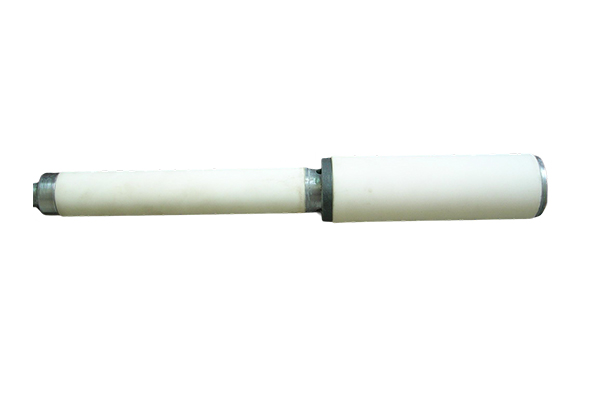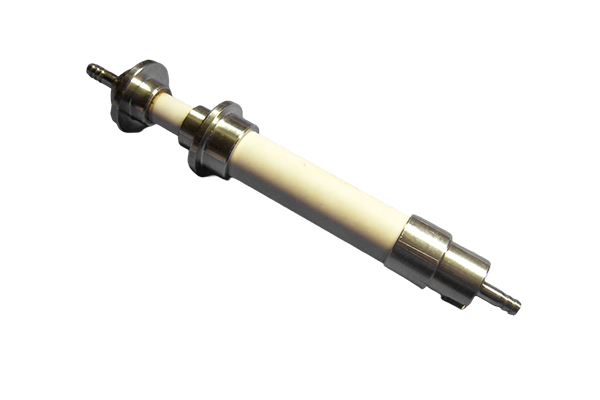Key points for optimizing the sealing performance of ceramic plunger in high-pressure pump system
Release Time : 2025-05-06
During the operation of the high-pressure pump system, the sealing performance of the ceramic plunger directly affects the stability, efficiency and safety of the system. Sealing failure may lead to medium leakage, pressure loss, and even equipment failure and safety accidents. Therefore, optimizing the design of the sealing performance of the ceramic plunger is the key to ensuring the reliable operation of the high-pressure pump system. The following analyzes its core points from multiple dimensions.
The sealing failure of the ceramic plunger in the high-pressure pump system is often caused by multiple factors. Under high-pressure conditions, the medium pressure will exert a huge load on the seal. If the sealing structure design is unreasonable, it is easy to cause the seal to deform and wear; at the same time, the surface roughness and hardness differences between ceramics and sealing materials will also increase friction and accelerate the aging and damage of the seal. In addition, the corrosiveness of the medium, temperature changes, and vibration of the system will affect the sealing performance. Only by deeply analyzing these failure causes can we formulate targeted optimization strategies, starting from material selection, structural design, etc., to improve the sealing reliability.
The selection of sealing materials is the key to optimizing the sealing performance of ceramic plungers. Materials with high elasticity, wear resistance and chemical stability must be selected to adapt to complex working conditions such as high pressure, high speed, and corrosive media. For example, polytetrafluoroethylene (PTFE) has excellent chemical stability and low friction coefficient, which can effectively reduce the wear on the ceramic plunger surface; nitrile rubber (NBR) performs well in oil resistance and is suitable for high-pressure pump systems that transport oily media. In addition, composite materials can be used to combine materials with different characteristics, such as adding wear-resistant and corrosion-resistant fillers to the rubber matrix to comprehensively improve the performance of the sealing material, so that it can better cooperate with the ceramic plunger and enhance the sealing effect.
Reasonable sealing structure design can significantly improve the sealing performance of the ceramic plunger. Common sealing structures include lip seals and O-ring seals. In high-pressure pump systems, the pressure bearing capacity and sealing effect of the seal can be enhanced by optimizing structural parameters, such as increasing the number of sealing lips, adjusting the lip angle and thickness. In addition, the use of a combined sealing structure to match different types of seals, such as lip seals with retaining rings and dust rings, can not only achieve good sealing, but also prevent impurities from entering and protect the seals. At the same time, the pressure balance structure is designed by using the principle of fluid mechanics to make the pressure on both sides of the seal evenly distributed, reducing the risk of seal failure caused by uneven pressure.
The surface quality of the ceramic plunger has an important influence on the sealing performance. Through precision machining and surface treatment, the surface roughness of the plunger is reduced, making its surface smoother and flatter, which can effectively reduce the friction between the plunger and the seal and reduce the wear rate. For example, by using processes such as grinding and polishing, the surface roughness of the ceramic plunger is controlled within the range of Ra0.1 - Ra0.2μm, which can significantly increase the service life of the seal. In addition, the surface of the ceramic plunger can also be coated, such as hard chrome plating, spraying wear-resistant ceramic coating, etc., to further improve the surface hardness and wear resistance, while enhancing corrosion resistance, reducing the erosion of the medium on the plunger surface, thereby improving the sealing performance.
The installation process of the seal is directly related to the performance of its sealing performance. During the installation process, the operating procedures must be strictly followed to ensure that the seal is installed accurately and evenly. For example, when installing the O-ring, it is necessary to avoid scratching and twisting it to prevent sealing defects; for lip seals, it is necessary to ensure that the lip fits tightly with the surface of the ceramic plunger without gaps or misalignment. At the same time, attention should be paid to controlling the cleanliness of the installation environment to prevent impurities from mixing into the sealing part and affecting the sealing effect. In addition, auxiliary installation tools, such as special seal installation sleeves, can also be used to improve installation accuracy and efficiency and ensure the quality of seal installation.
Introducing intelligent monitoring technology to monitor the operating status of the ceramic plunger sealing system in real time is an important means to optimize the sealing performance. By installing pressure sensors, temperature sensors, leakage detection sensors and other equipment at the sealing part, the pressure, temperature, leakage and other data of the seal are collected in real time, and the data is transmitted to the control system. When abnormal data is detected, the system automatically issues an early warning signal to prompt maintenance personnel to check and handle it in time to avoid serious consequences caused by sealing failure. At the same time, using big data analysis and machine learning algorithms, the monitoring data is deeply mined to predict the service life and potential failures of the seal, formulate maintenance plans in advance, realize preventive maintenance, and improve the reliability and stability of the high-pressure pump system.
Establishing a sound maintenance system is an important measure to ensure the long-term stability of the ceramic plunger sealing performance. Regularly inspect and maintain the high-pressure pump system, including cleaning the sealing parts, replacing worn seals, adjusting the compression of the seals, etc. At the same time, it is necessary to formulate reasonable maintenance cycles and maintenance plans based on the characteristics of the medium and operating conditions. For example, for high-pressure pumps that transport corrosive media, shorten the replacement cycle of seals; for equipment with high operating frequency, increase the inspection frequency. In addition, it is necessary to strengthen the training of maintenance personnel, improve their professional skills and maintenance level, ensure the quality and effect of maintenance work, and extend the service life of the ceramic plunger sealing system.








